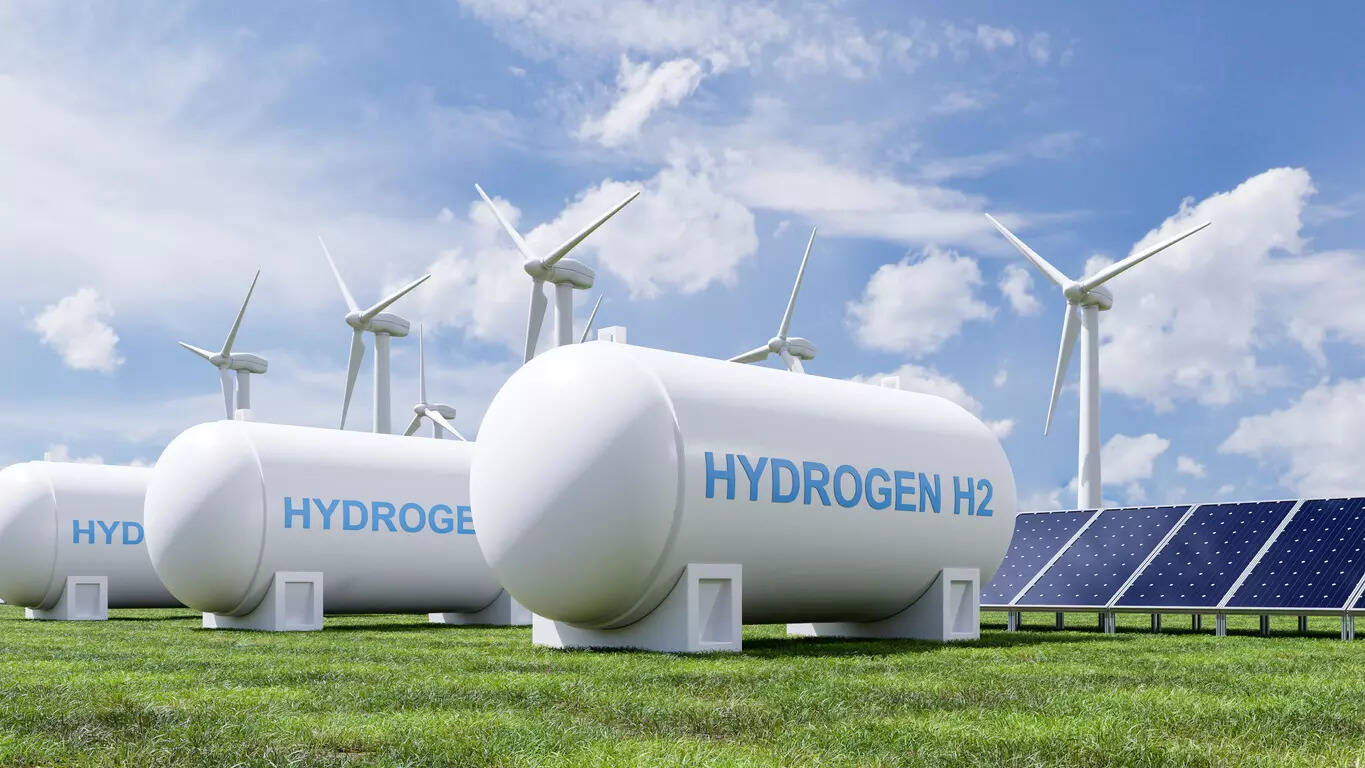
By Ravi Pandit
I have been a strong proponent of hydrogen-driven transportation for many years. And whenever I spoke of it, I was reminded of the famous quip “Hydrogen is the fuel of the future… and shall always be!”
Well, it seems that the future is finally here! The Government of India recently announced the Hydrogen Mission and has provided significant outlays. That brings the total tally of countries launching hydrogen missions to 43, covering a very large part of the global population. So certainly, hydrogen is here and now!
When we address the question of how hydrogen will be a ‘game-changer’, we really need to answer a set of questions. What is the current game? And what needs to change in that game? What are the key components or building blocks of hydrogen technology? Will this technology be safe? Will it be cost-effective especially for the Indian market? What could be the contours of the new game and what does it mean to us here in India or to the world?
Big questions but certainly very important and relevant. I would like to address them here in an article series of three parts.
Let us look at the current state of transportation in India. Last year we imported 212 million tonnes of crude oil amounting to USD 119 billion, (almost 85% of our oil demand). Most of the fuel demand comes from the mobility sector. This import was the single largest drain on our foreign exchange (26% of our total imports).
Moreover, India now is one of the biggest emitters of Greenhouse Gases (GHG) in the world. This has also led to an increase in pollution levels of the country. According to the World Air Quality Report 2021 by IQAir, India is home to 35 of the 50 most polluted cities in the world. Air pollution has a massive impact on human health in India. It is the second biggest risk factor for disease, and the economic cost of air pollution is estimated to exceed USD 150 billion annually. Effectively, the current fossil fuel-based system of transportation has problems from environmental, national security and national economy perspectives.
There is, hence, a need to make a transformational change in the Indian mobility sector. We need transportation which is cleaner, safer, connected and secure. In a broader sense, we need a mobility system which is truly sustainable i.e., environmentally sensitive, economically viable (not depending on government subsidies beyond an initial incubation period) and socially acceptable (one that helps all sections of the society).
There is no alternative to electrification of the mobility sector if we want to shift towards a cleaner and sustainable mode of transportation. I believe that most of the urban transportation will run on battery electric. We are already seeing movement to electric scooters, three-wheelers and buses. In the next 5 to 10 years, the majority of the urban vehicles sold will be electric. Development of new battery chemistries will play a major role in this transition. With the advancements in the battery technologies, electric vehicles will be cheaper than the polluting diesel/petrol vehicles.
Fuel cell electric vehicles
The transformation of urban mobility will be governed by battery electric vehicles. But this solution will not be suitable for long distance intercity mobility as weight and charging requirement will constrain the load carrying capacity and travelling range of the vehicle. Here fuel cell electric vehicles (FCEVs) will have a role to play in electrification of mobility. FCEVs use hydrogen as a source of energy. Hydrogen is an ideal fuel for the long-distance commute as it is carbon-free and when used in fuel cells, provides two times more the energy efficiency than the conventionally-fueled vehicles.
However, transition to Hydrogen electric transportation will require work on four key aspects of the Hydrogen value chain: generation, storage/transportation, dispensation and consumption. These constitute the ecosystem for hydrogen.
Unless all the four are in place the ecosystem will not work. This calls for a major infrastructure transformation – like the times when the shift happened from animal-powered transportation to gasoline-based transportation – better roads, network of fuel pumps, maintenance infrastructure, etc. Or when we started harnessing hydro-electric power, construction of dams, setting up power generation plants and laying transmission cables had to be invested in. Such infrastructure changes improved the quality of life for all. Similarly, transition to electric mobility could also be an opportunity to create a completely new infrastructure which will be greener, safer and more secure.
Of the four aspects of the ecosystem, probably generation is the most important part. We shall turn to that in the second part of this article. Watch this space.
(Ravi Pandit is the co-founder and Chairman of KPIT Technologies. Kaustubh Pathak, Technology Lead, KPIT Technologies, also contributed to this article. Views are personal.)
Also Read:















